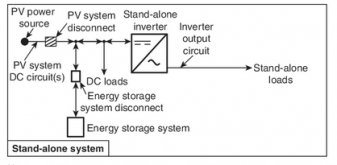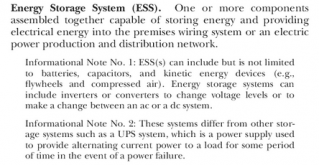Question. When you say DIY are you referring to doing the work yourself to you or manufacturing your own equipment (like building a battery pack out of a set of 280AH cells combined with a BMS, circuit breaker etc)? Under the new regulations, the first definition should still be possible, the second absolutely not. Worst thing is forget your local permit issue, the real sticking point is are the insurance companies going to enforce this by refusing to cover losses if a system that was involved in a fire is not compliant. Why would they if this gives them an out?




